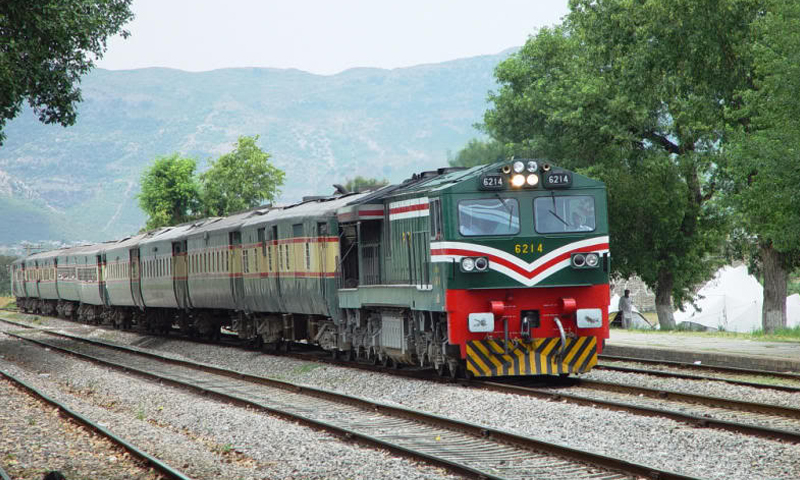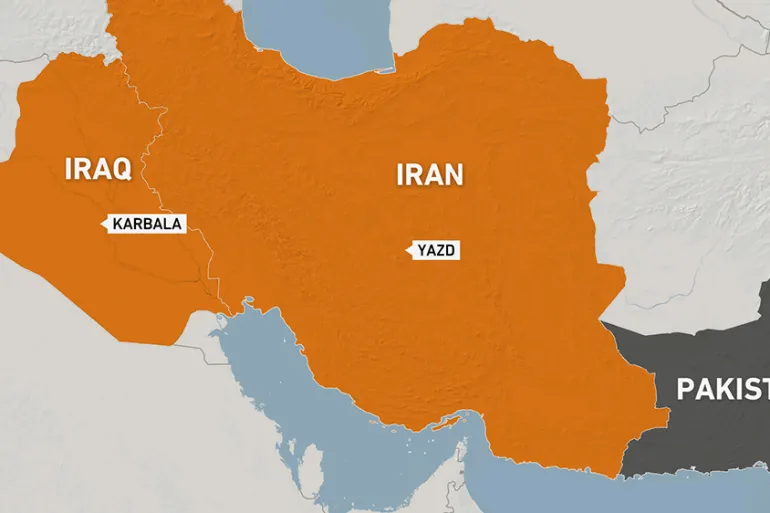Editorial
The recent surge in Pakistan’s stock market to record highs is a complex phenomenon that demands a deeper understanding. It comes at a time when the country’s real economy is facing significant challenges. While a booming stock market is traditionally associated with a robust economy, the current situation in Pakistan presents a paradox. High inflation, soaring interest rates, unemployment, energy shortages, and an exodus of private capital are contributing to economic distress, seemingly at odds with the bullish performance of the stock market. This puzzling dynamic prompts a closer examination of historical precedents and economic theories to unravel the underlying complexities.
The divergence between stock market performance and economic well-being is not unprecedented, with historical events providing valuable insights. The stock market exuberance preceding the Great Depression in the late 1920s, the dot-com bubble of the late 1990s, and the lead-up to the 2008 financial crisis all exemplify instances where stock market highs coexisted with underlying economic vulnerabilities, ultimately leading to severe downturns.
Economic theories elucidate how such disparities can emerge. Factors such as monetary policy and liquidity, rational expectations and speculative bubbles, wealth inequality, and corporate profitability versus labor market dynamics all play a role in shaping the relationship between stock market performance and the real economy. These theories offer a lens through which to analyze the current situation in Pakistan and its implications for long-term economic stability.
Several specific factors contribute to the disconnect between Pakistan’s surging stock market and its struggling economy. Foreign investment and speculation, corporate sector resilience in certain industries, monetary policy, and wealth concentration are key elements influencing the current scenario. These factors collectively create an environment where the stock market’s performance may not be a true reflection of the broader economic conditions, potentially leading to vulnerabilities.
The apparent disconnect between the stock market and the real economy raises significant concerns about the sustainability of this dynamic. Reliance on foreign capital and speculative investments, coupled with persisting economic pressures, poses substantial risks of volatility, social unrest, and further economic instability. Addressing these underlying challenges is not just crucial, but urgent, for ensuring a more balanced and sustainable economic environment.
Policymakers in Pakistan face a critical task of mitigating the disparities between the stock market and the real economy to foster long-term stability. Their role in creating inclusive growth and addressing economic inequality is not just important, but paramount, to averting the potential consequences of an overheated stock market amidst economic hardship.
The government’s narrative portraying Pakistan’s soaring stock market as a testament to the success of its economic policies is unsettling, especially given the prevalent economic distress. If policymakers unflinchingly adhere to this narrative, it could exacerbate the existing challenges, warranting a critical reevaluation of the prevailing approach to economic management.
Hence, the conundrum of Pakistan’s buoyant stock market amidst economic adversity necessitates a multifaceted approach grounded in historical insights and economic theories. Acknowledging the risks and implications while addressing the underlying economic challenges is pivotal for charting a path towards sustainable and inclusive economic growth.














